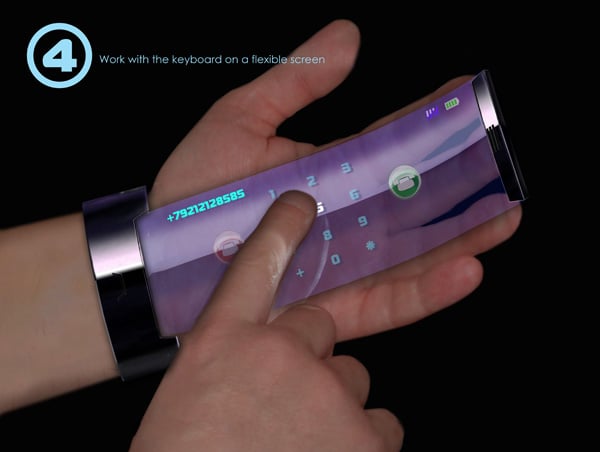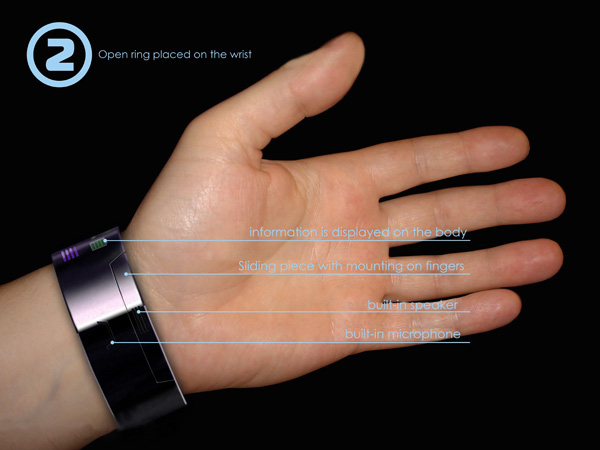
Officials: Osama bin Laden Killed By U.S Strike
Osama bin Laden, hunted as the mastermind behind the worst-ever terrorist attack on U.S. soil, has been killed.
His death brings to an end a tumultuous life that saw bin Laden go from being the carefree son of a Saudi billionaire, to terrorist leader and the most wanted man in the world.
Bin Laden created and funded the al Qaeda terror network, which was responsible for the Sept. 11, 2001, attacks on the United States. The Saudi exile had been a man on the run since the U.S.-led invasion of Afghanistan overthrew the ruling Taliban regime, which harbored bin Laden.
In a video filmed two months after the Sept. 11 attacks, bin Laden gloated about the attack, saying it had exceeded even his “optimistic” calculations.
“Our terrorism is against America. Our terrorism is a blessed terrorism to prevent the unjust person from committing injustice and to stop American support for Israel, which kills our sons,” he said in the video.
Long before the Sept. 11 attacks, bin Laden was known as an enemy of the United States. He was suspected of playing large roles in the 1998 bombings of two U.S. Embassies in Africa and the attack on the USS Cole in the Yemeni port of Aden in October 2000.
In addition, authorities say bin Laden and his al Qaeda network were involved in previous attacks against U.S. interests — including the 1993 World Trade Center bombing, failed plots to kill President Clinton and the pope, and attacks on U.S. troops in Saudi Arabia and Somalia.
Bin Laden also used his millions to bankroll terrorist training camps in Sudan, the Philippines and Afghanistan, sending “holy warriors” to foment revolution and fight with fundamentalist Muslim forces across North Africa, in Chechnya, Tajikistan and Bosnia.
Until the capture of one of his top al Qaeda lieutenants in March 2003, there had been no confirmation of his whereabouts — or even that he was still alive — since late 2001, when he appeared in a series of videotapes later released to news organizations.
In recent years, several audio recordings of bin Laden have been authenticated by U.S. officials and made public. In an 18-minute videotape weeks before the 2004 U.S. presidential election, bin Laden threatened fresh attacks on the United States as well as his intent to push America into bankruptcy.
His place in American history is relatively new, but in a short time he left a violent mark.
In 1993, bin Laden was linked by U.S. officials to the bombing of the World Trade Center that killed six people. He is also believed to have orchestrated at least a dozen attacks, some successful, some not. Among the worst of these were two truck bombings, both on Aug. 7, 1998, of U.S. embassies in Nairobi, Kenya, and Dar es Salaam, Tanzania.
Clinton responded with cruise missile attacks on suspected al Qaeda training camps in Afghanistan and a pharmaceutical plant in Sudan. In November 1998, the U.S. State Department promised $5 million to anyone with information leading to bin Laden’s arrest.
Despite attempts to apprehend him, bin Laden eluded the American government and continued plotting against it.
The same group, with bin Laden at the helm, is widely believed to be responsible for the October 2000 suicide bombing of the USS Cole.
Then came the stunning Sept. 11, 2001, attacks. On a clear, late-summer morning, two hijacked commercial jets flew into the twin towers of the World Trade Center. About an hour later, another hijacked airliner slammed into the Pentagon in the nation’s capital. A fourth hijacked jet did not reach its target, crashing in western Pennsylvania instead.
When the massive towers collapsed in flames, nearly 3,000 people perished. Among those lost in New York, Washington, D.C., and Pennsylvania were the 19 hijackers, most of whom have been linked to al Qaeda operations. Bin Laden denied involvement in the attacks, but he praised the hijackers for their acts. The U.S. government nevertheless regarded the terrorist leader as its prime suspect and stepped up the manhunt.
In March 2005, Pakistani President Gen. Pervez Musharraf admitted that bin Laden had been in Pakistan in the spring of 2004 and was almost captured. Intelligence officials said they believed he was hiding in the rugged mountains that straddle the border with Afghanistan. The U.S. government even launched a series of television and radio ads in Pakistan trumpeting the $25 million reward for his capture.
In January 2006, a purported Bin Laden audio tape was released where a male voice threatens the United States with more attacks on U.S. soil.





